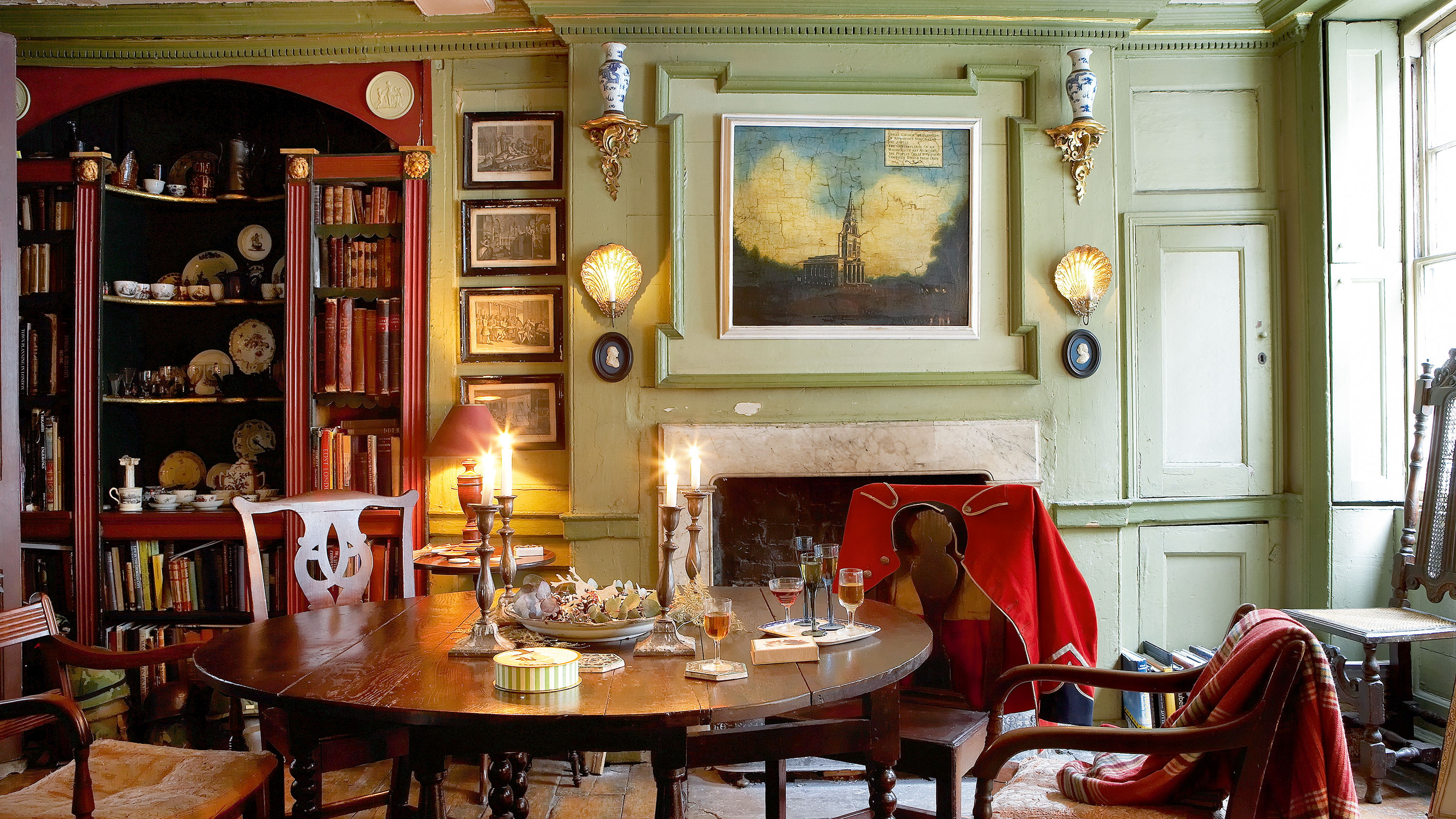
Authenticity has been a constant watchword for Dan Cruickshank as he sets about renovating his Georgian townhouse.
While Dan is well known as a TV presenter, the face of cerebral BBC documentaries such as Around the World in 80 Treasures and Adventures in Architecture, first and foremost he’s an academic: an architectural historian who is deeply passionate about the preservation of old houses that showcase the building styles of bygone eras.
‘Old Georgian houses like mine have a very strong, benign presence,’ says Dan. ‘Far too many have been changed too much – modern things have been inserted: heating, lighting, or a ghastly power shower. The atmosphere that is present in these buildings has been destroyed.’
Find inspiration for your own renovation project with more of our stunning real home transformations. Read our guide on renovating a house, too, for more guidance.
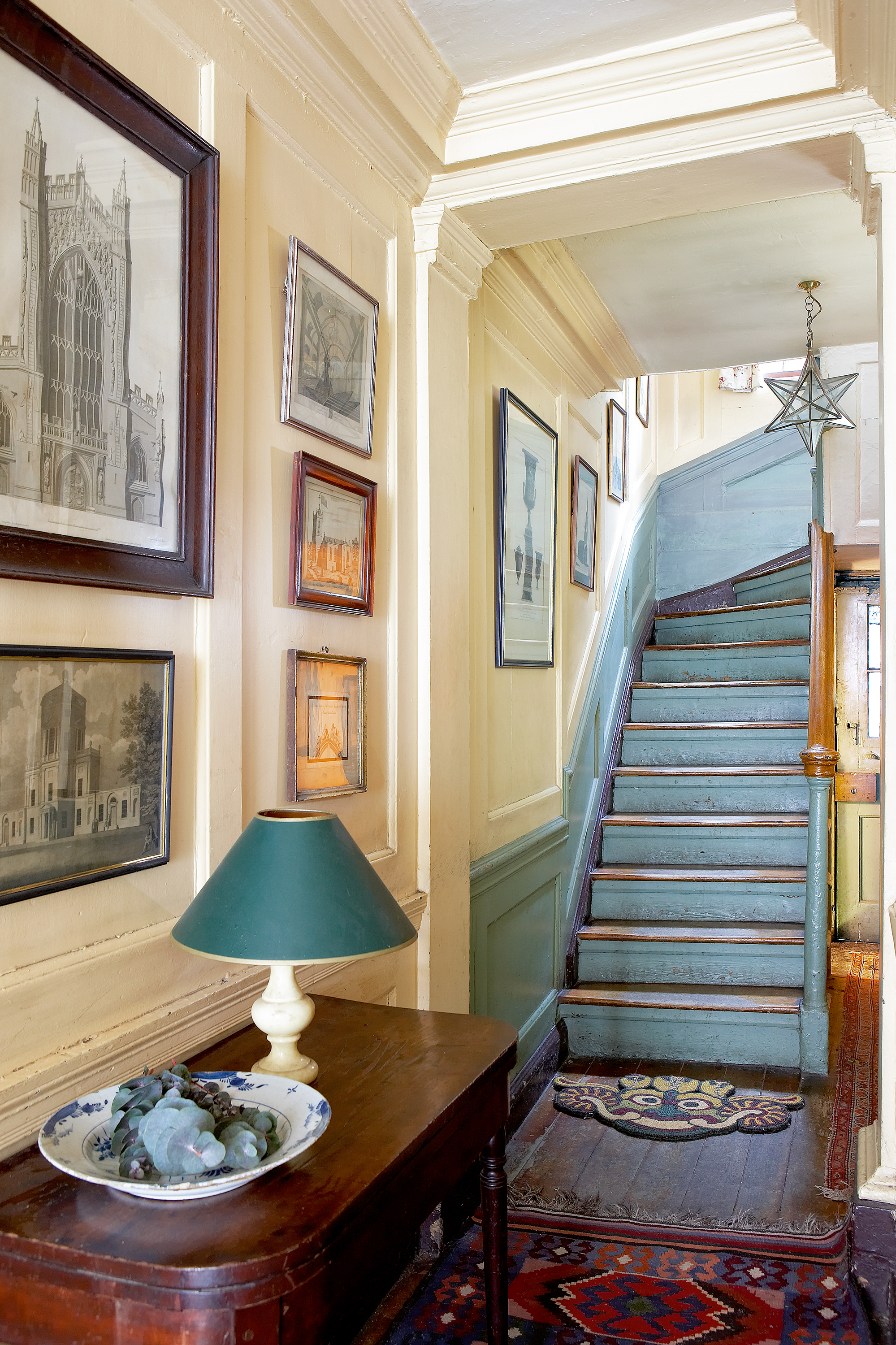
Two local builders, Mr Bunce and Mr Brown, built Dan’s four-storey home in Spitalfields in 1727 for a wealthy silk merchant. Dan bought it more than 30 years ago, and has been painstaking in keeping it faithful to the original spirit of the house ever since. Swathed in 18th-century decorative detail and crammed with interesting – if occasionally rickety – antique furniture, the house is a gem of a time capsule.
‘I bought my house because I was intrigued by Georgian buildings,’ Dan explains. ‘The houses on this terrace weren’t built by great patrons of the arts as conscious works of art, just by humble builders trying to make some money; by chance, they have created buildings of great beauty.
‘However, the house had been empty for many decades when I found it in the late 1970s,’ he continues. ‘It had been completely abandoned, and was full of rotting furniture left by the previous owners.’
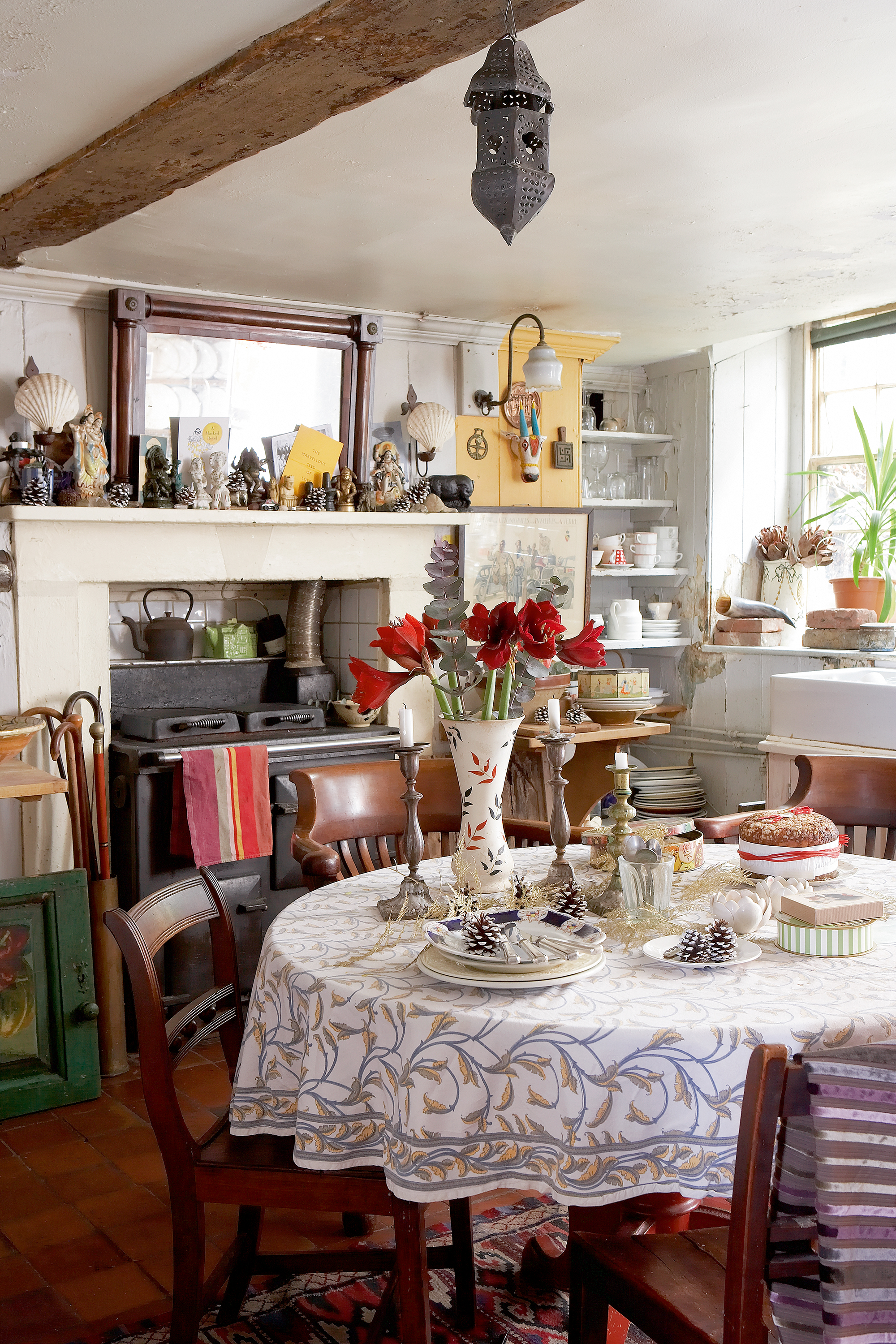
In spite of the fact that the house had moved a fair bit on its foundations over the years, and the whole structure was visibly warped, a surveyor confirmed that the skeleton of the building was in good order. The only structural work Dan needed to organise was the rebuilding of the parapet and the relaying of some roof tiles. Inside, however, the ceilings had collapsed throughout – water had poured through the entire house for many years. After it had been allowed to dry out (the old pine flooring, thankfully, turned out to be ‘just like hardwood – tough and durable; no rot to be found’), Dan took it upon himself to do as much of the work as he could himself, although his approach was always cautious. He went from room to room, renovating each one in as authentic a manner as possible. ‘I set about repairing it as gently as I could,’ he says. ‘I didn’t want to yank up all the floorboards just for the sake of checking; I trusted the house.’
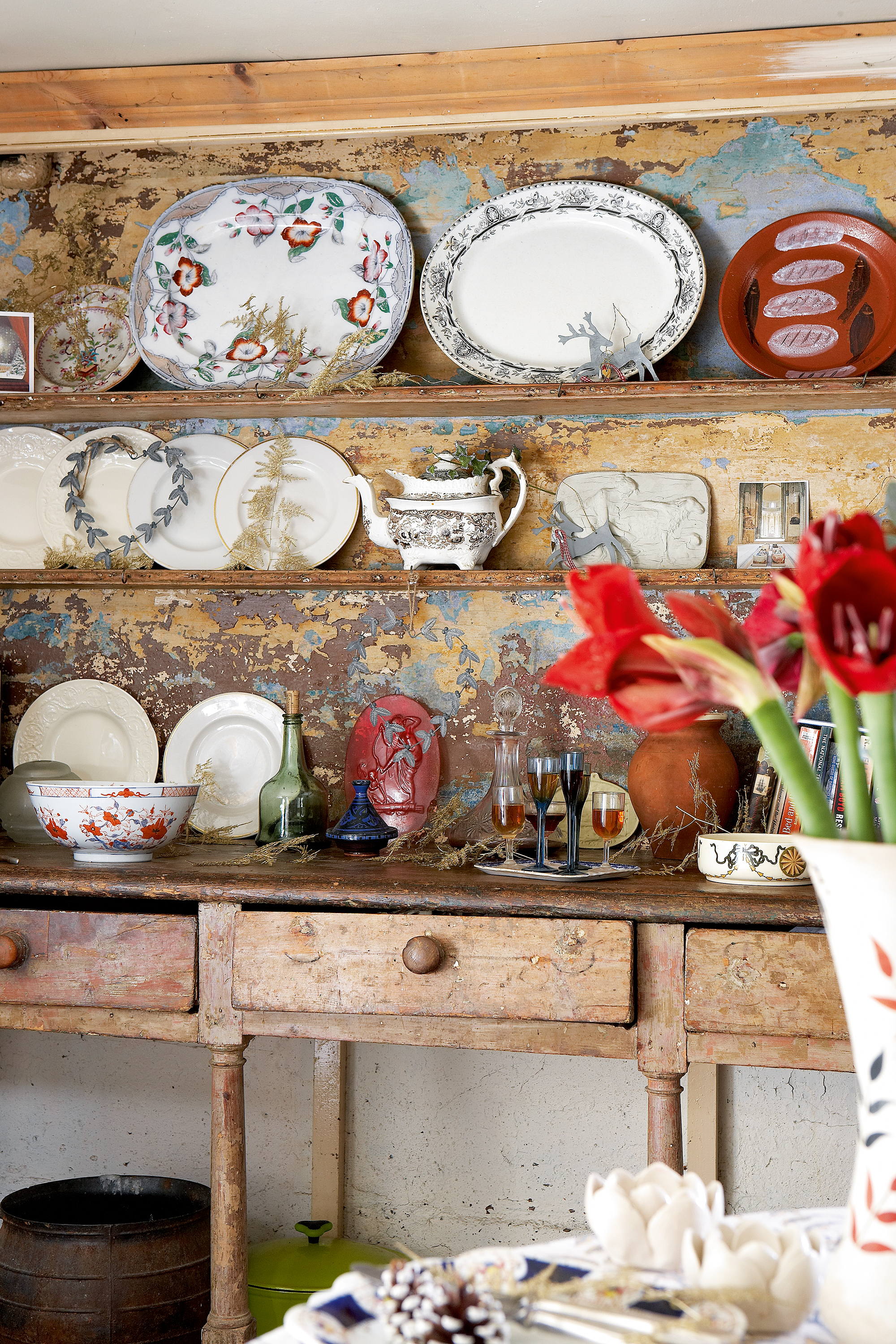
The dresser is an original feature of the kitchen. ‘It’s very rare that they survive,’ says Dan. ‘Most of these kitchens have either been ripped to pieces in the 19th century or else modernised more recently.’ The teapot that takes pride of place was bought from vintage kitchen shop Cobwebs of Holt
Original pine panelling adorns most of the rooms in the house, along with dados, cornicing, doors and architraves. ‘I looked for the old, Georgian paints and kept them wherever possible – the paint was pretty good on the top floor,’ he says. ‘I just cleaned it with white spirit and linseed oil. But when I needed to repaint elsewhere, I’d look for remnants of original colours – behind shutters or in cupboards – then try to copy them.’ He discovered that the ground floor had been green, so bought some pigments and mixed his own eggshell paint – back then, finding an existing shade that matched was tricky, he says. ‘This was the 1980s; it’s a lot easier to buy heritage paints these days.’
Eventually, after agonising over the thought of modernising too much, he decided to have electricity installed. ‘I wanted the wiring to be non-destructive and reversible, rather than chased aggressively into the panelling,’ Dan explains. ‘The electrician I found managed to lodge it discreetly beneath the woodwork.’
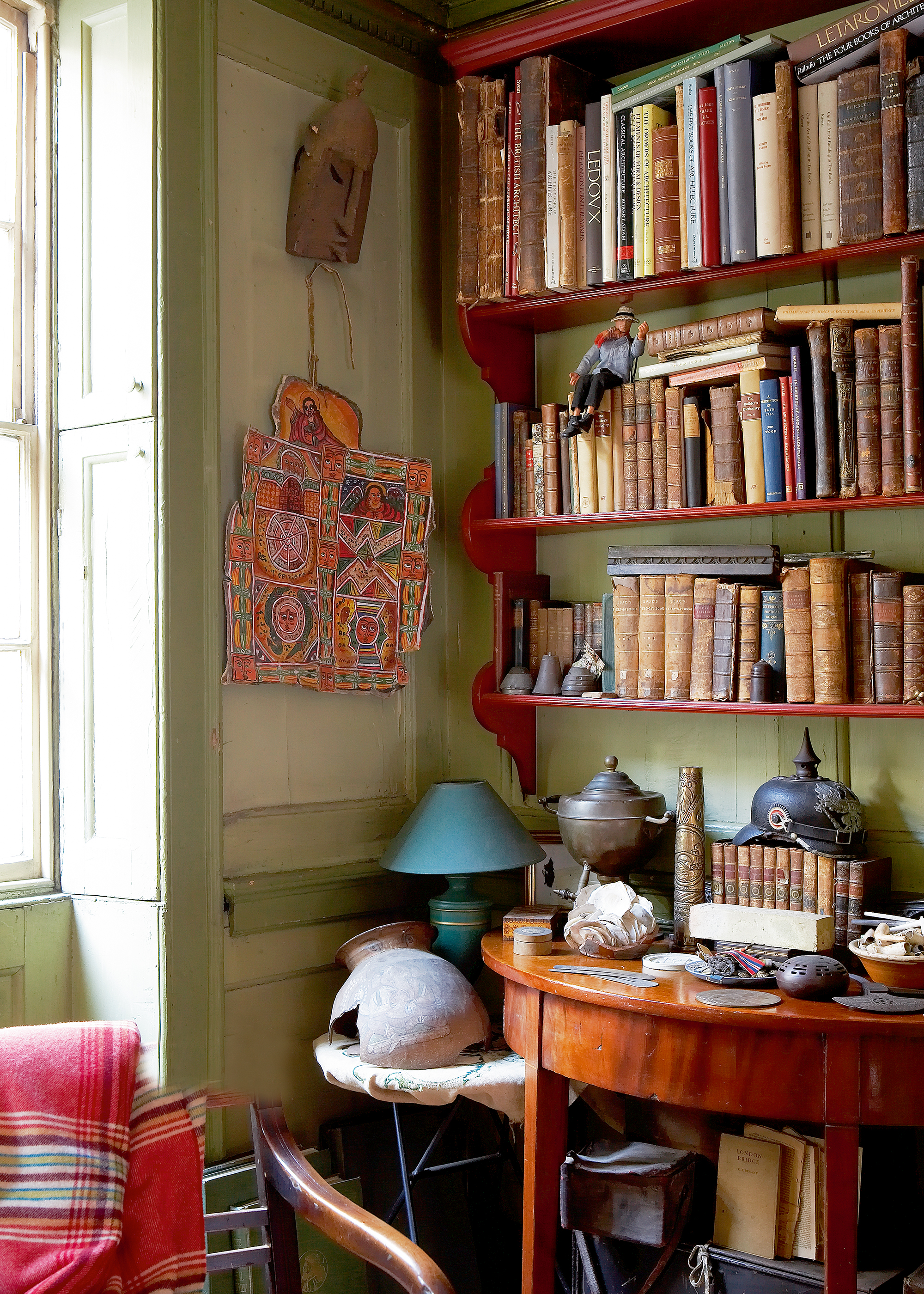
A corner of the sitting room is home to some of Dan’s diverse collections
As he opened up the boarded windows he found, to his great delight, original 18th-century Crown glass – an early type of hand-blown window glass with a distinctive blue-green hue and rippled effect. ‘I find it incredible to think that during the Christmas of 1940, when the family that were living here were huddled in the basement and the east end of London was engulfed in a sea of flames, even the glass survived,’ Dan says.
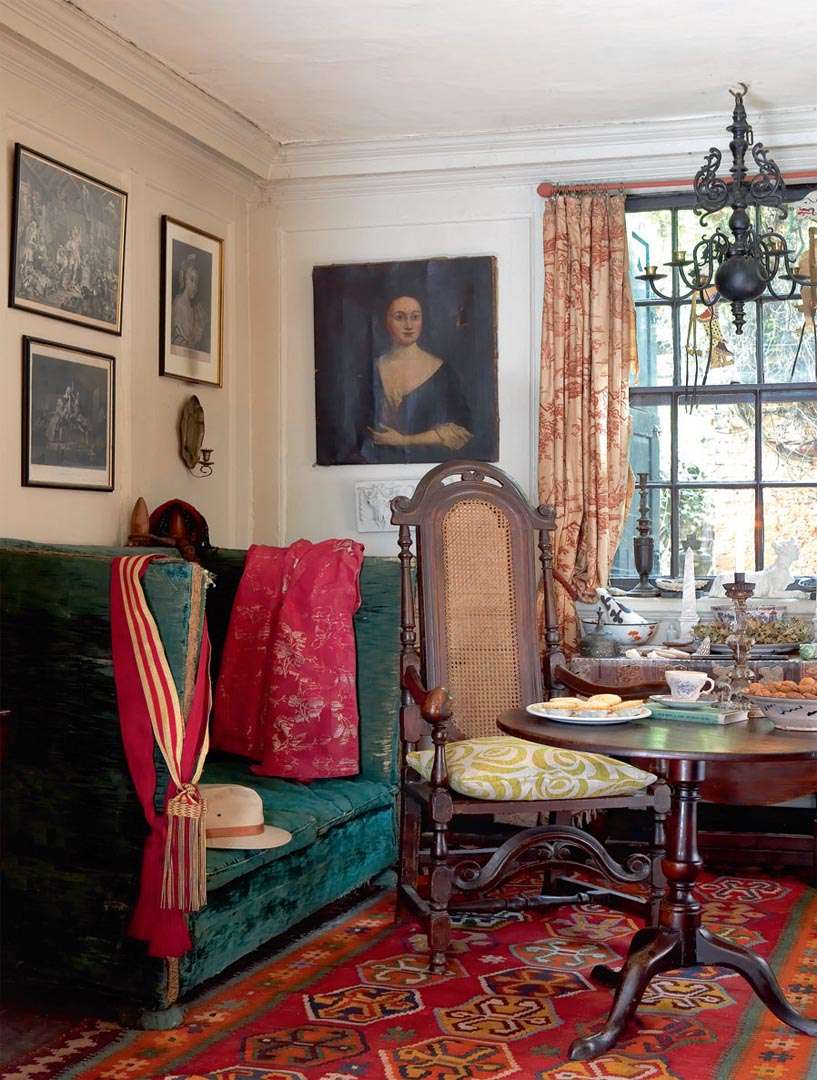
Averse as he was to tampering with the building, he decided upon one major change to the ground floor living room – and this was only to return to the original layout. ‘I realised that the room had been altered in the 19th century,’ he explains. ‘A partition had been moved. I put it back to where it was in the 1720s. Curiously, I found a roll of newspaper, crumpled up and put into the corner of the room to stop a draught. It was from 1848 – that dated the alteration.’
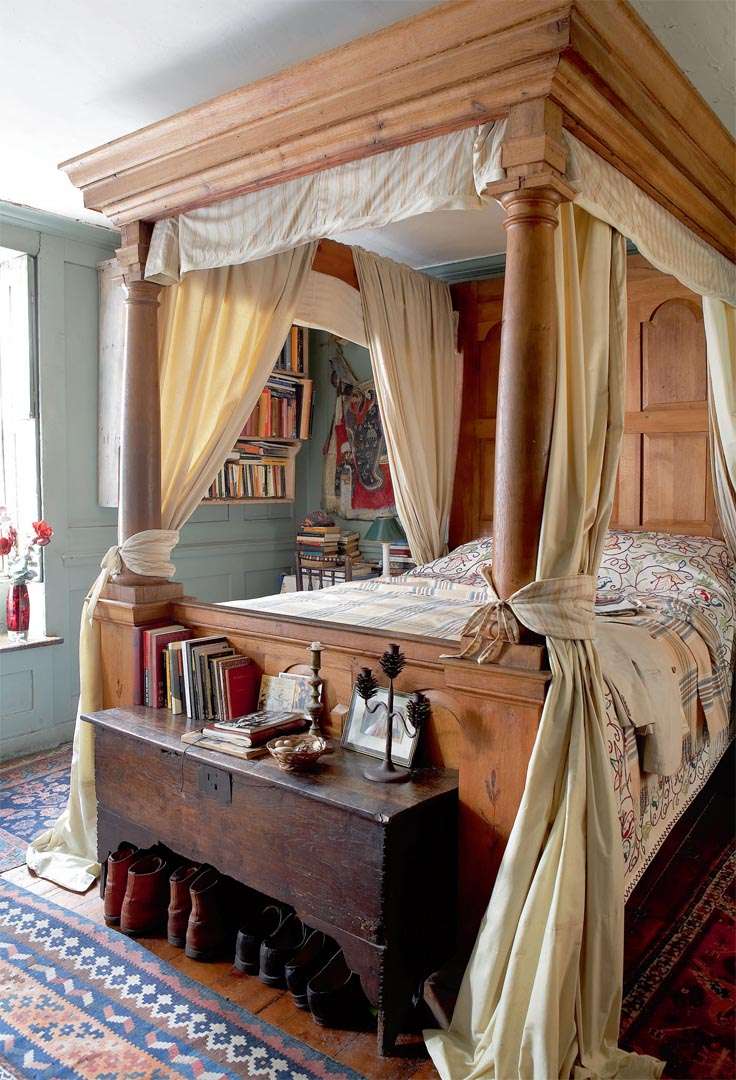
MORE FROM PERIOD LIVING
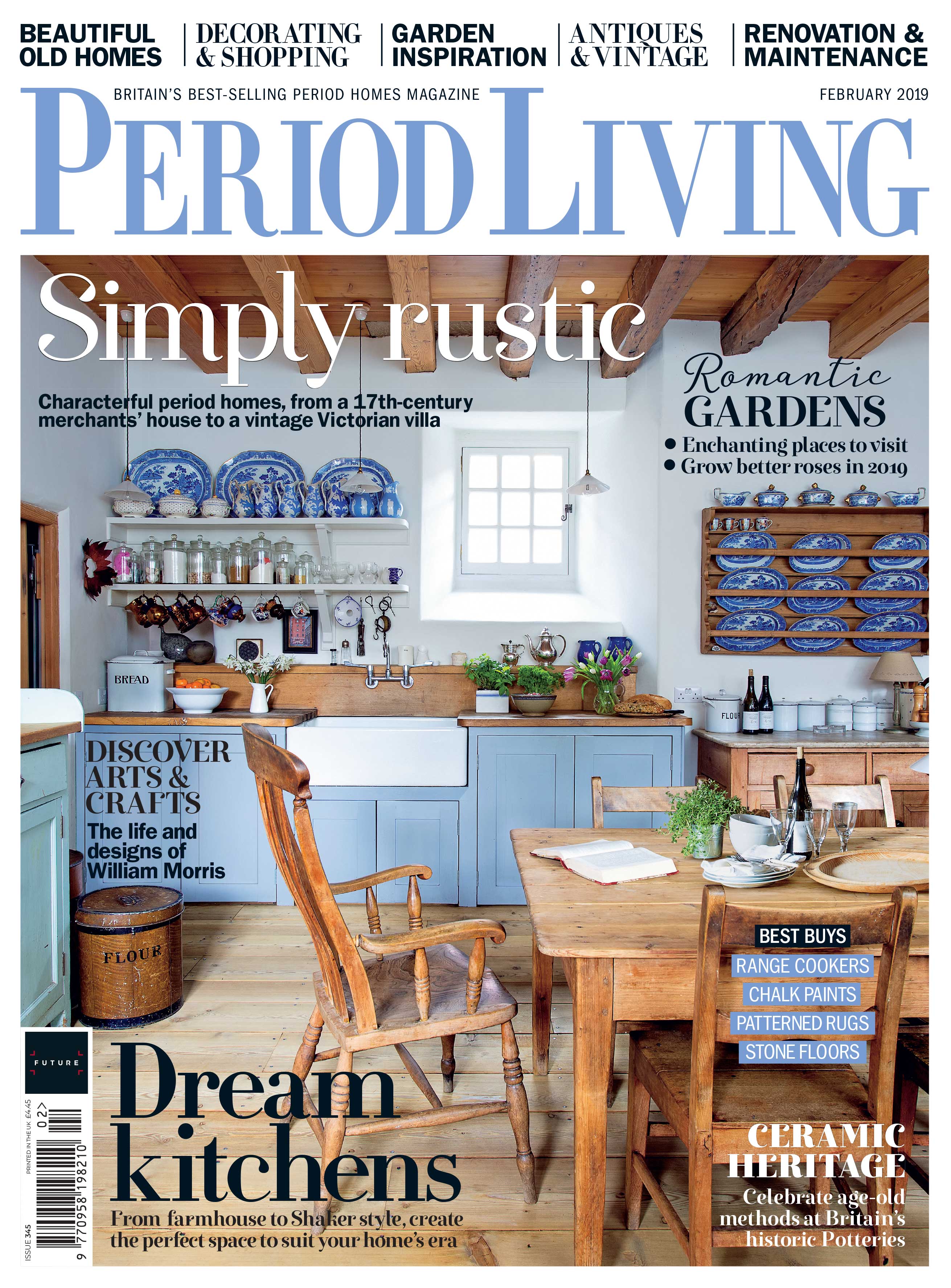
Get the best period home inspiration, ideas and advice straight to your door every month with a subscription to Period Living magazine
There were other discoveries along the way. Dan came upon old visiting cards, children’s playing cards from the first half of the 20th century, old bottles and then, while repairing a fireplace, he uncovered late 18th-century Delft tiles amid the rubble. ‘The English made their own imitations of Dutch Delft,’ says Dan. ‘These were made in either Bristol or Liverpool.’
For tips on repairing a fireplace, have a read of our specialist guide.
In addition to the period detail of the house, which Dan has restored as accurately as he can, he has chosen to furnish his home almost exclusively with antiques. Indeed, it is an Aladdin’s Cave of eye-catching, often rather eccentric historical artefacts.
Adorning the walls are prints of architectural wonders, porcelain vases and oil paintings; and every room boasts quirky pieces that Dan has acquired on his globetrotting travels. His furniture has been sourced from junk shops and second-hand markets. Oak writing desks and coffee tables bestride Persian rugs, and high-backed 17th-century chairs are dotted around many rooms.
Dan’s determination to maintain the beauty of the past applies to every aspect of his home, be it the building or its contents. ‘This house is full of mystery,’ he says. ‘It’s a living being, with its own identity and past enshrined within its own fabric. I don’t want it to change; I want it to be lived in gently, so it survives.’
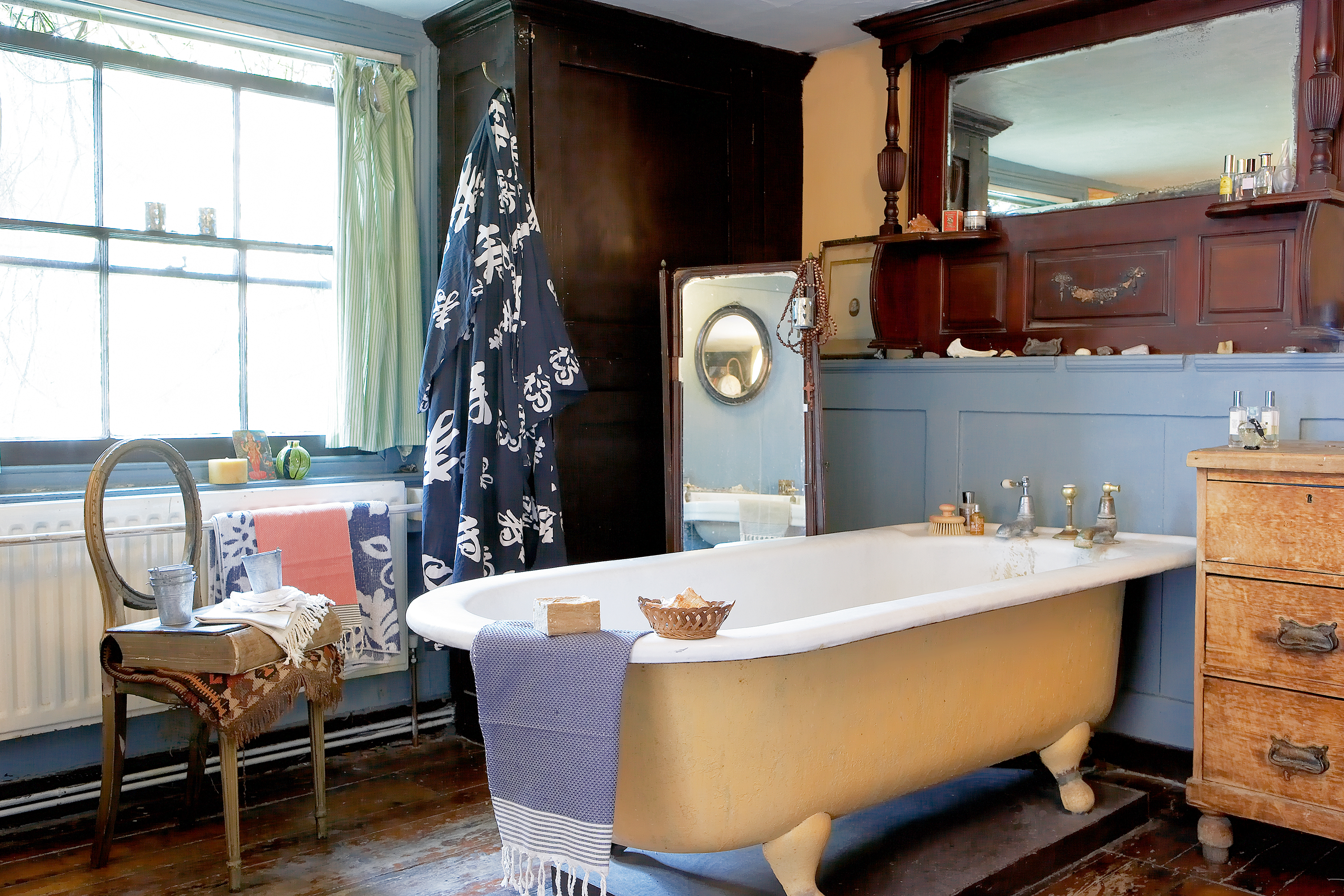
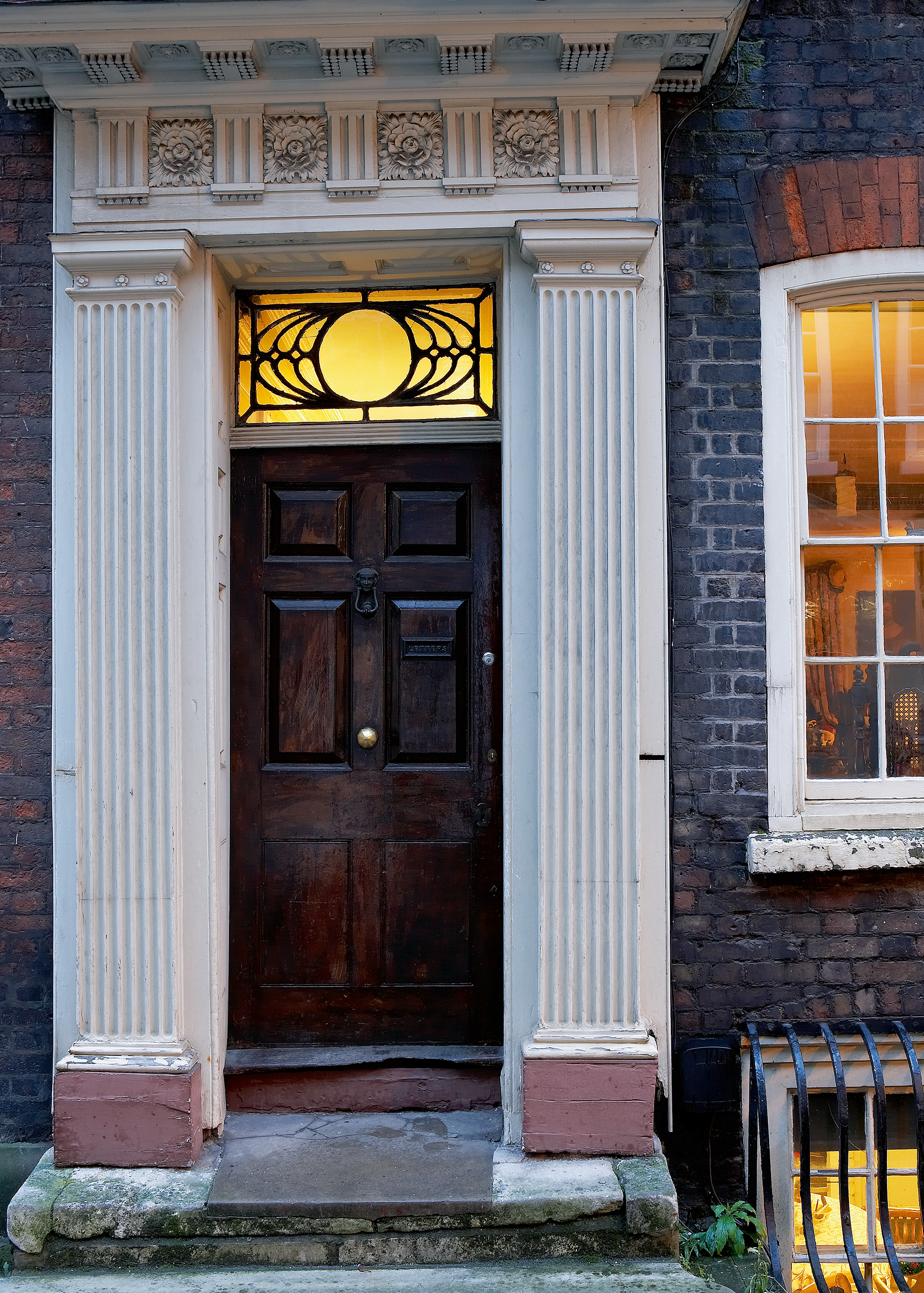
Find more inspiration and advice for your period property:
Join our newsletter
Get small space home decor ideas, celeb inspiration, DIY tips and more, straight to your inbox!
-
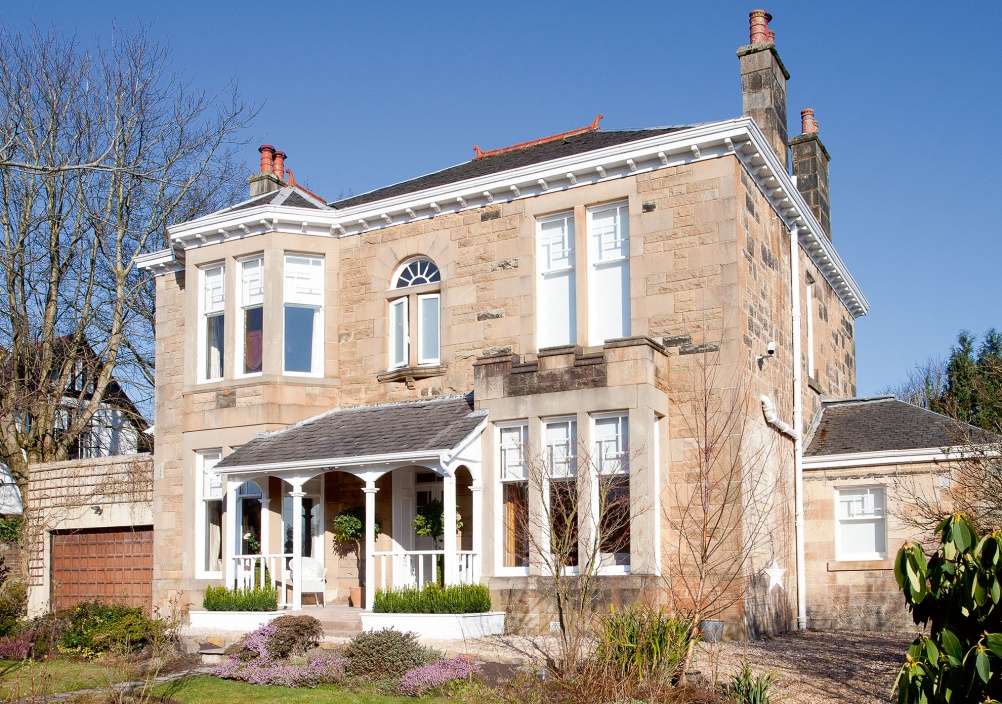 An Edwardian home in Glasgow
An Edwardian home in GlasgowThe Dean family have created a beautiful family home in the heart of Glasgow. Their detached four bedroom Edwardian house was built in 1908 and boasts a colonial-style verandah, wood wall panelling and parquet flooring as well as a new kitchen extension
By Nichola Hunter
-
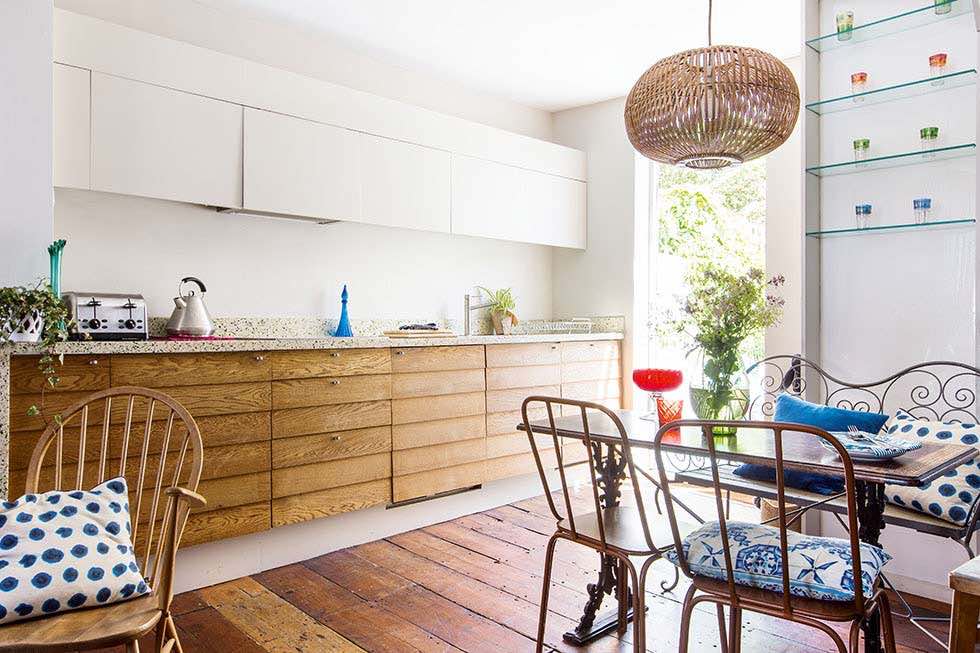 Brighton townhouse transformation
Brighton townhouse transformationArchitectural designer Oliver Heath and wife Katie combined vibrant colours and eclectic patterns to create their home by the sea
By Maxine Brady
-
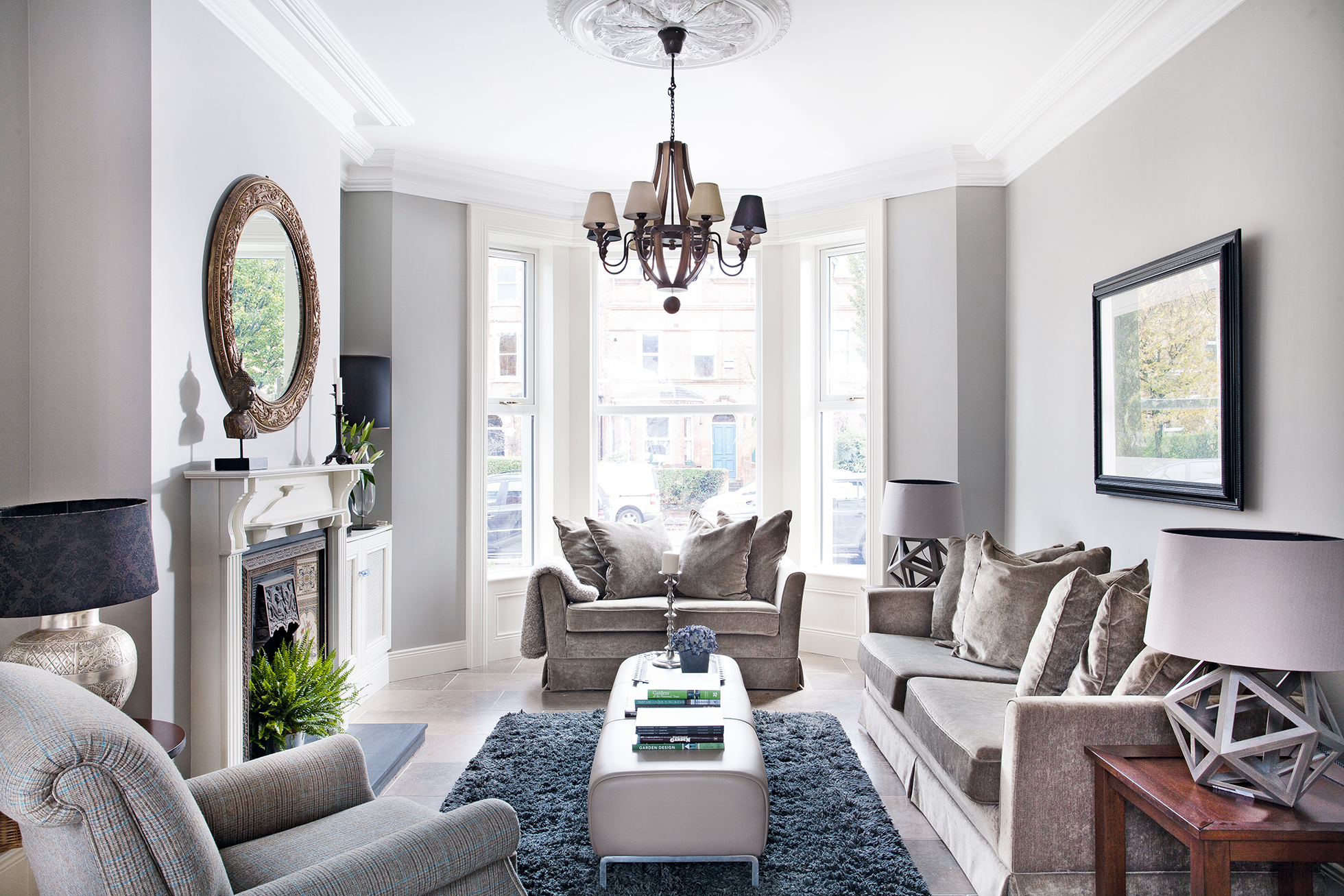 Real home: a stylishly renovated Victorian townhouse
Real home: a stylishly renovated Victorian townhouseAndrew Brennan skilfully redesigned the layout of his townhouse to accommodate contemporary living, while reintroducing its lost character
By Judith Robinson-Lyttle
-
 Four-storey townhouse
Four-storey townhouseA Victorian home transformed by an extensive renovation project
By Debbie Jeffery